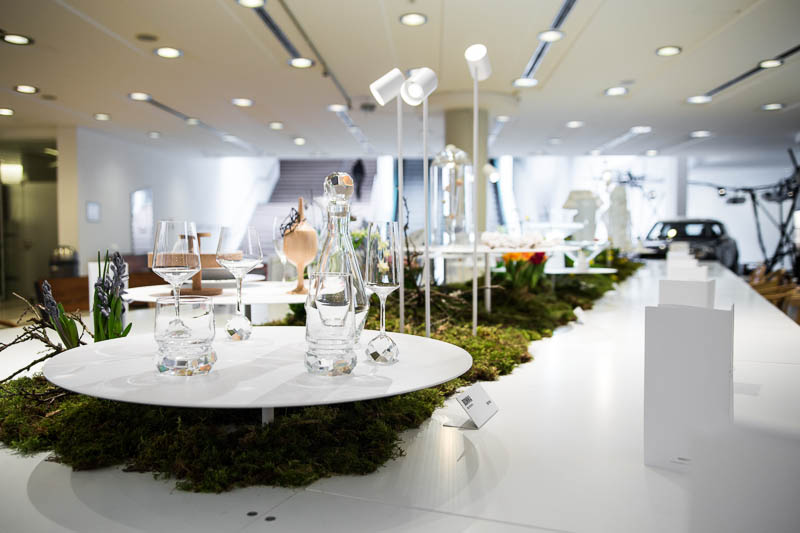
Czech film adaptations of fairy tales have received a special status within its genre through its delicate approach to story-telling. Films such as "Three Hazelnuts for Cinderella" (1973) have captured the hearts and joys of children as well as adults in East- and West Europe. Fairy tale movies depict memories of old dreams, which move the viewer emotionally, not only due to its excellent execution of cinematography but also because of their strong ideas that call upon ancient traditional tales.
Fairy tales are the ambassadors of a collective European identity. Their metaphorical language brings the joys and happiness, yet also the worries and fears of our ancestors closer to the viewer. Especially children are receptive to such archetypical pictures, which serve as guidance and representation of their own experiences.
It would be senseless to compare these stories to a factual report or to look at them with rationale and indecision. Fairytales are directed towards one's emotions, just as design is meant to be. On average, design is not an objectively arguable functional optimization of a conventional item, but rather the goal to impact the viewer in the same way as fairy tales do. Technical design - especially the displayed products - possesses a similarly delicate and romantic gesture, which can be found in Czech fairy tale movies and can be perceived through the repeatedly experienced joys that occur after viewing such items – just as it happens to children when repeatedly watching movies: once the movie ends they start to shout: "Once more!"
Michael Vasku, curator



